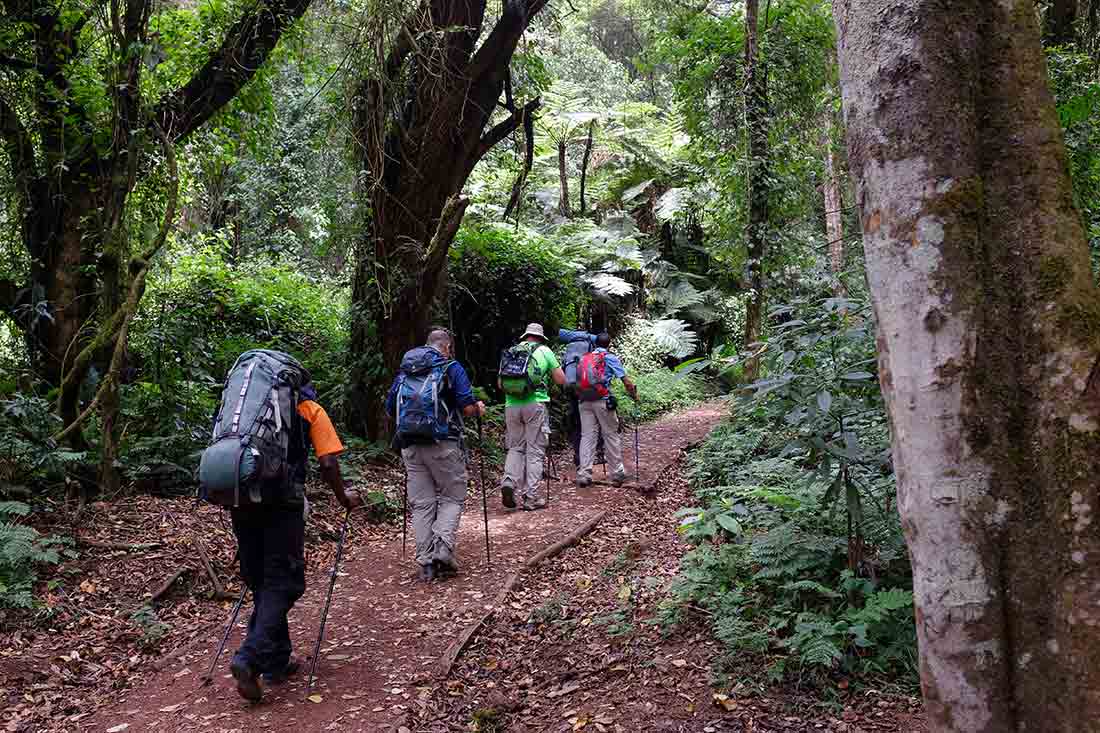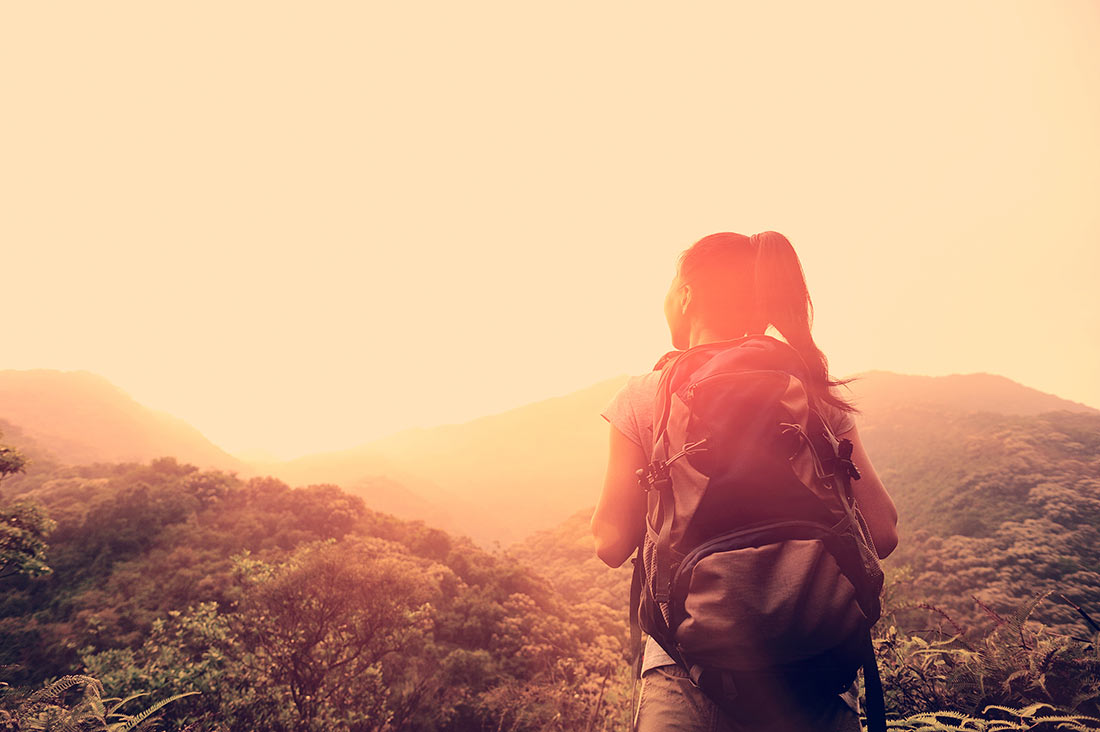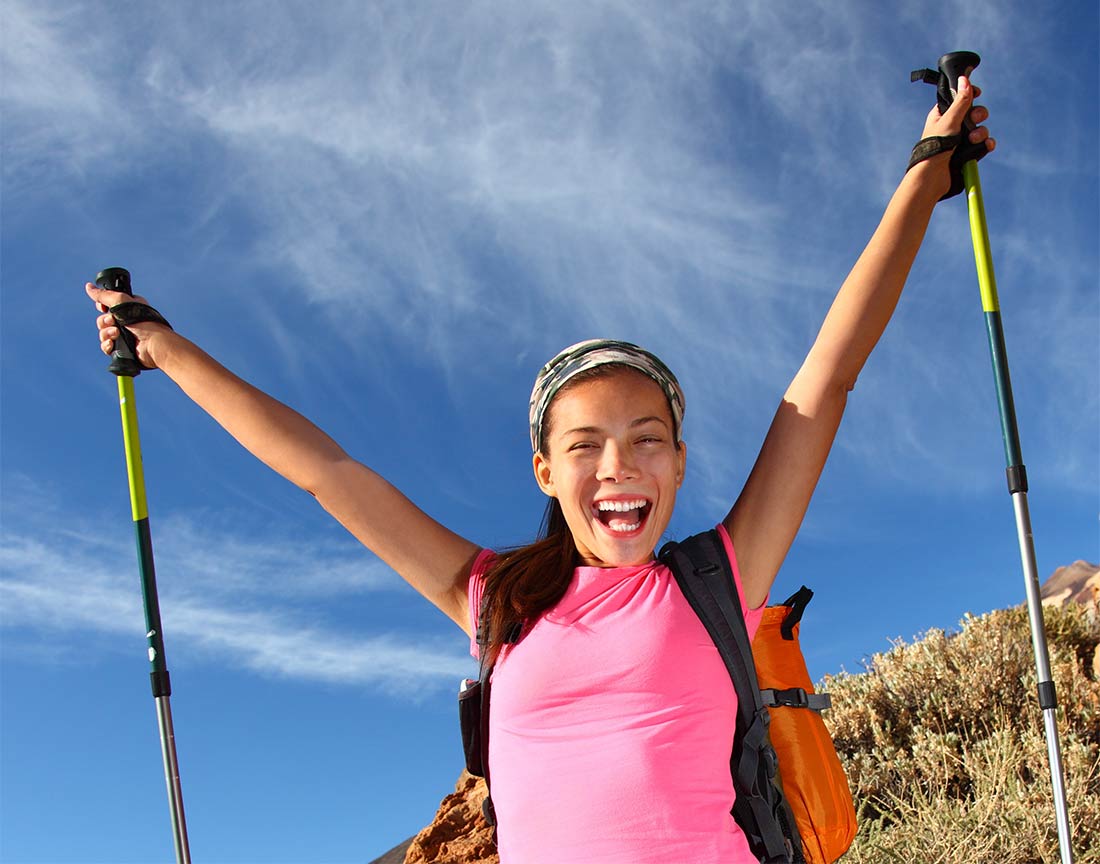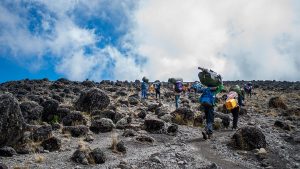Climbing Kilimanjaro, Africa’s tallest peak, is a dream for many adventure enthusiasts. However, this endeavor demands more than just a strong will—it requires a well-prepared body capable of enduring the physical challenges posed by high-altitude trekking. In this article, we delve into how fit you need to be for Kilimanjaro, offering detailed insights and practical tips to help you prepare effectively.
Understanding the Physical Demands of Kilimanjaro
Before embarking on your Kilimanjaro journey, it’s crucial to understand the unique physical demands of this expedition. While Kilimanjaro is a non-technical climb, meaning you won’t need advanced climbing skills or equipment, it presents its own set of challenges primarily due to its high altitude and extended trekking duration.
At approximately 19,341 feet (5,895 meters) above sea level, Kilimanjaro’s summit, Uhuru Peak, sits amidst the clouds, offering breathtaking views of the surrounding landscape. However, reaching this majestic summit requires trekking through various ecosystems, from lush rainforests to alpine deserts, before eventually reaching the summit.
The trek to Uhuru Peak typically spans five to nine days. This depends on the chosen route, allowing for gradual acclimatization to the altitude. Despite the non-technical nature of the climb, the high altitude and long hours of hiking each day can take a toll on even the fittest individuals. Therefore, adequate physical preparation is essential to increase your chances of a successful summit attempt while minimizing the risk of altitude-related illnesses.
Building Cardiovascular Endurance for High Altitude Trekking
Cardiovascular endurance plays a pivotal role in tackling the sustained physical exertion required during the Kilimanjaro ascent. Hiking for several hours each day, often at high altitudes where the air is thin, demands a strong heart and efficient oxygen utilization by the muscles.
To enhance your cardiovascular fitness for Kilimanjaro, incorporate aerobic exercises into your training regimen. Activities such as hiking, jogging, cycling, and stair climbing are excellent choices to elevate your heart rate and improve endurance. Aim for at least three to four cardio sessions per week, gradually increasing the duration and intensity as your fitness improves.
Interval training, alternating between periods of high-intensity effort and recovery, can also be beneficial for simulating the fluctuating intensity of hiking at altitude. Additionally, consider incorporating activities that engage the lower body muscles, such as uphill walking or running, to specifically target the muscle groups utilized during the ascent.
Consistency is key when building cardiovascular endurance, so aim to maintain a regular exercise schedule leading up to your Kilimanjaro expedition. Start your training several months in advance to allow sufficient time for adaptation and improvement.
Strengthening Your Legs for Uphill Challenges
One of the primary physical demands of climbing Kilimanjaro is the uphill terrain encountered throughout the ascent. Strong leg muscles are essential for powering through steep inclines and maintaining a steady pace during long days of hiking.
To prepare your legs for the challenges of Kilimanjaro, focus on strength training exercises that target the major muscle groups in your lower body, including the quadriceps, hamstrings, glutes, and calves. Incorporate exercises such as squats, lunges, step-ups, and leg presses into your workout routine.
Bodyweight exercises like squats and lunges can be performed anywhere, making them convenient options for training at home or outdoors. If access to a gym is available, consider incorporating weighted exercises. Exercise with dumbbells, barbells, or resistance machines to further challenge your leg muscles.
In addition to traditional strength training, functional exercises that mimic the movements and demands of hiking uphill can be highly beneficial. For example, stair climbing or using a stair stepper machine can effectively simulate the uphill trekking experience. They will also target the muscles used during ascent.
Enhancing Core Stability and Balance

Core stability and balance are crucial for navigating the uneven terrain encountered while trekking on Kilimanjaro. A strong core provides the foundation for efficient movement and helps prevent injury by supporting proper posture and alignment.
To enhance your core stability and balance, incorporate exercises that target the muscles of the abdomen, lower back, and pelvis. Planks, side planks, Russian twists, and bicycle crunches are effective exercises. They engage multiple core muscle groups simultaneously.
Yoga and Pilates are also excellent disciplines for improving core strength, flexibility, and balance. All of these are essential for Kilimanjaro climbers. These practices emphasize controlled movements and mindful breathing. This promotes a strong mind-body connection that can enhance your overall performance on the mountain.
Flexibility Training for Comfort and Injury Prevention

Maintaining good flexibility is essential for comfort and injury prevention during the Kilimanjaro trek. Flexible muscles and joints allow for a wider range of motion. This will reduce the risk of strains, sprains, and other musculoskeletal injuries.
Incorporate regular stretching sessions into your training routine to improve flexibility and mobility in key muscle groups used during trekking. Focus on stretching the muscles of the legs, hips, lower back, and shoulders, as these areas are particularly susceptible to tightness and discomfort during prolonged hiking.
Dynamic stretches, which involve moving the body through a range of motion, are ideal for warming up before exercise and preparing your muscles for activity. Static stretches, where you hold a position for an extended period, are effective for improving flexibility and can be incorporated into your post-workout cool-down routine.
Yoga, with its emphasis on flexibility, balance, and mindfulness, can be a valuable addition to your training regimen. Many yoga poses target the muscles and joints commonly stressed during hiking, making it an excellent complement to your Kilimanjaro preparation.
Mental Resilience: The Key to Summit Success
In addition to physical fitness, mental resilience plays a crucial role in achieving success on Kilimanjaro. The mental challenges posed by high-altitude trekking, include fatigue, discomfort, and altitude-related symptoms. Overcoming these requires a strong mindset and unwavering determination.
Prepare yourself mentally for the demands of the climb by visualizing success and setting realistic goals. Break down the trek into manageable segments. Focus on one step at a time rather than the daunting task of reaching the summit. Positive affirmations and visualization techniques can help bolster your confidence and mental strength.
Practice mindfulness and stress-reduction techniques to stay calm and focused during challenging moments on the mountain. Deep breathing exercises, meditation, and visualization can help alleviate anxiety and promote a sense of inner calm amidst the rigors of the climb.
Maintain a positive attitude and embrace the journey, knowing that each step brings you closer to your goal. Surround yourself with a supportive team who can provide encouragement and motivation when needed. Remember that summiting Kilimanjaro is as much a mental feat as it is a physical one. Cultivating mental resilience is essential for overcoming obstacles and achieving success.
Final Thoughts
Preparing physically for the challenges of Kilimanjaro requires a comprehensive approach that addresses cardiovascular endurance, leg strength, core stability, flexibility, and mental resilience. By incorporating targeted training exercises and adopting a positive mindset, you can enhance your chances of a successful summit attempt while minimizing the risk of altitude-related illnesses and injuries.
Remember to start your training well in advance of your Kilimanjaro expedition. About 12 weeks. This allows sufficient time for adaptation and improvement. Listen to your body. Adjust your training as needed. Prioritize rest and recovery to ensure peak performance on the mountain.
With careful preparation and determination, you can conquer Kilimanjaro. Being fit for Kilimanjaro will help you experience the thrill of standing atop Africa’s highest peak, Uhuru Peak.







